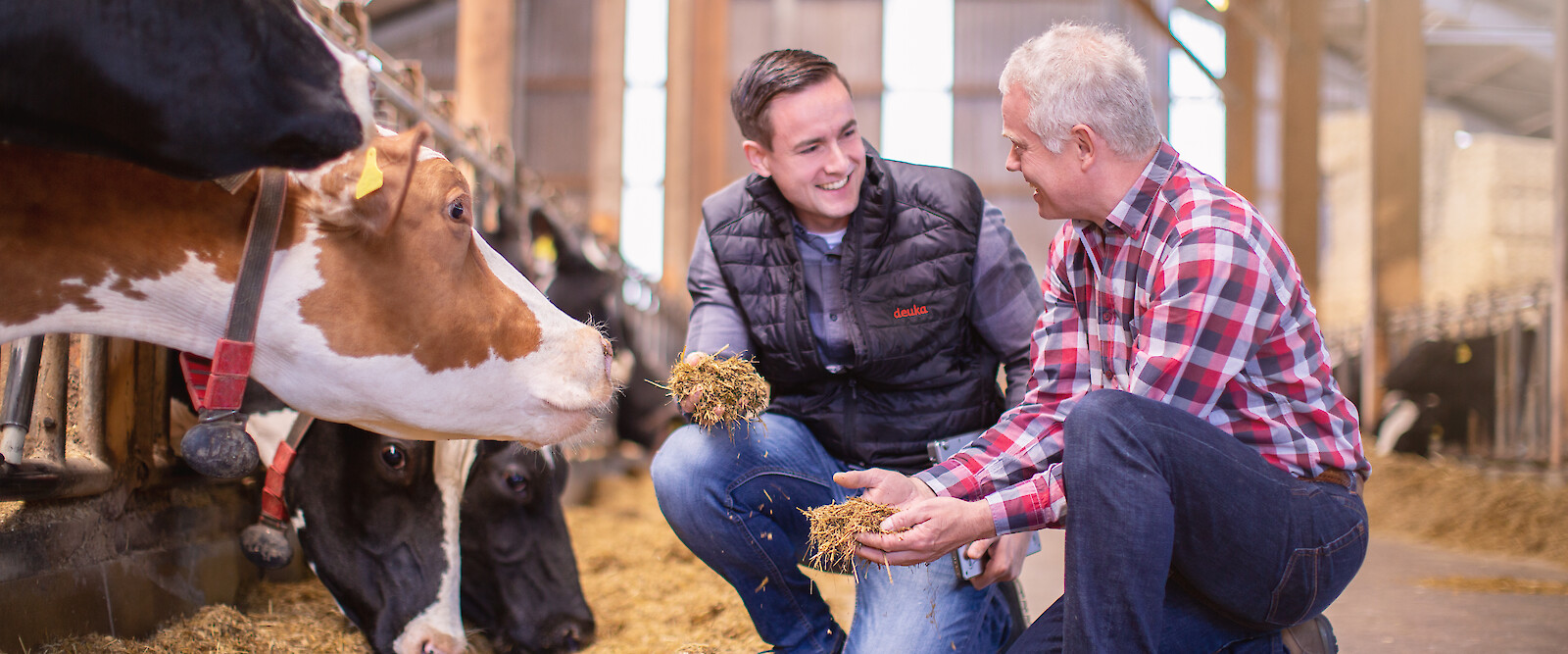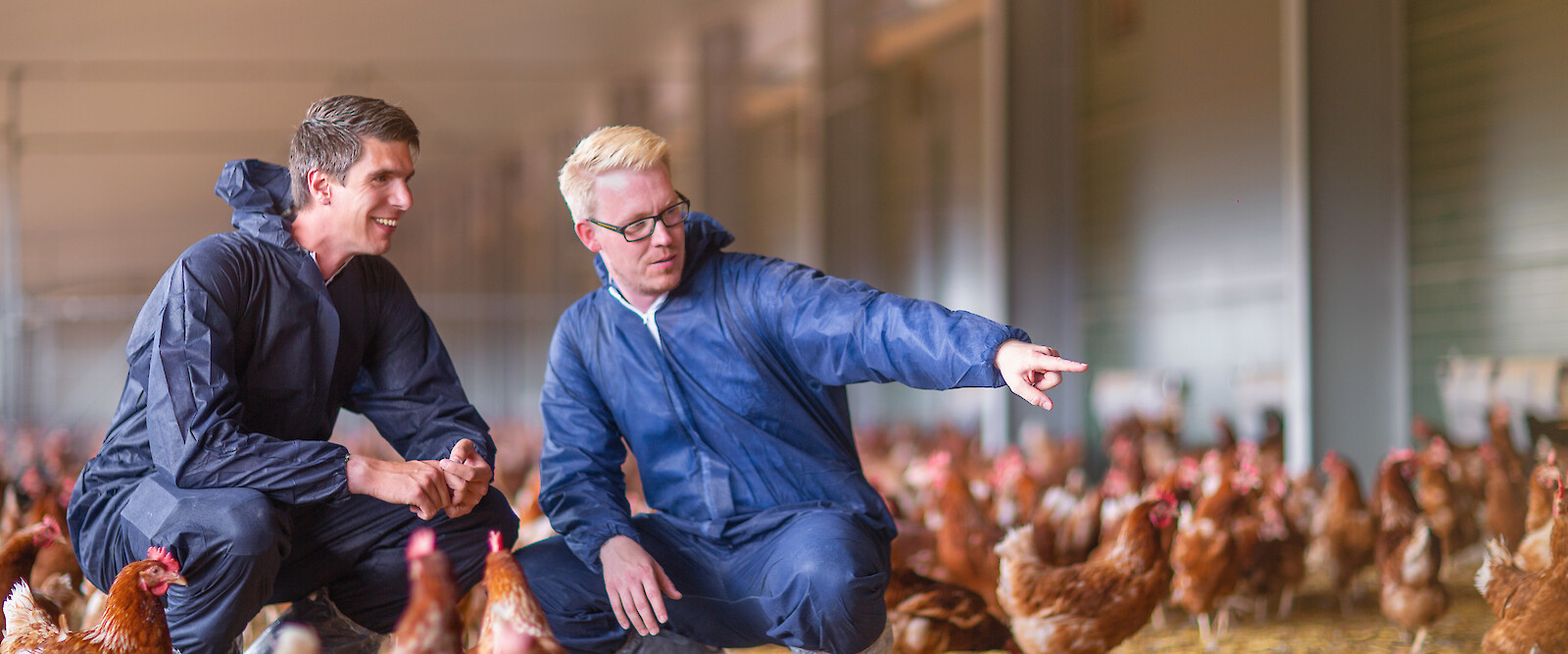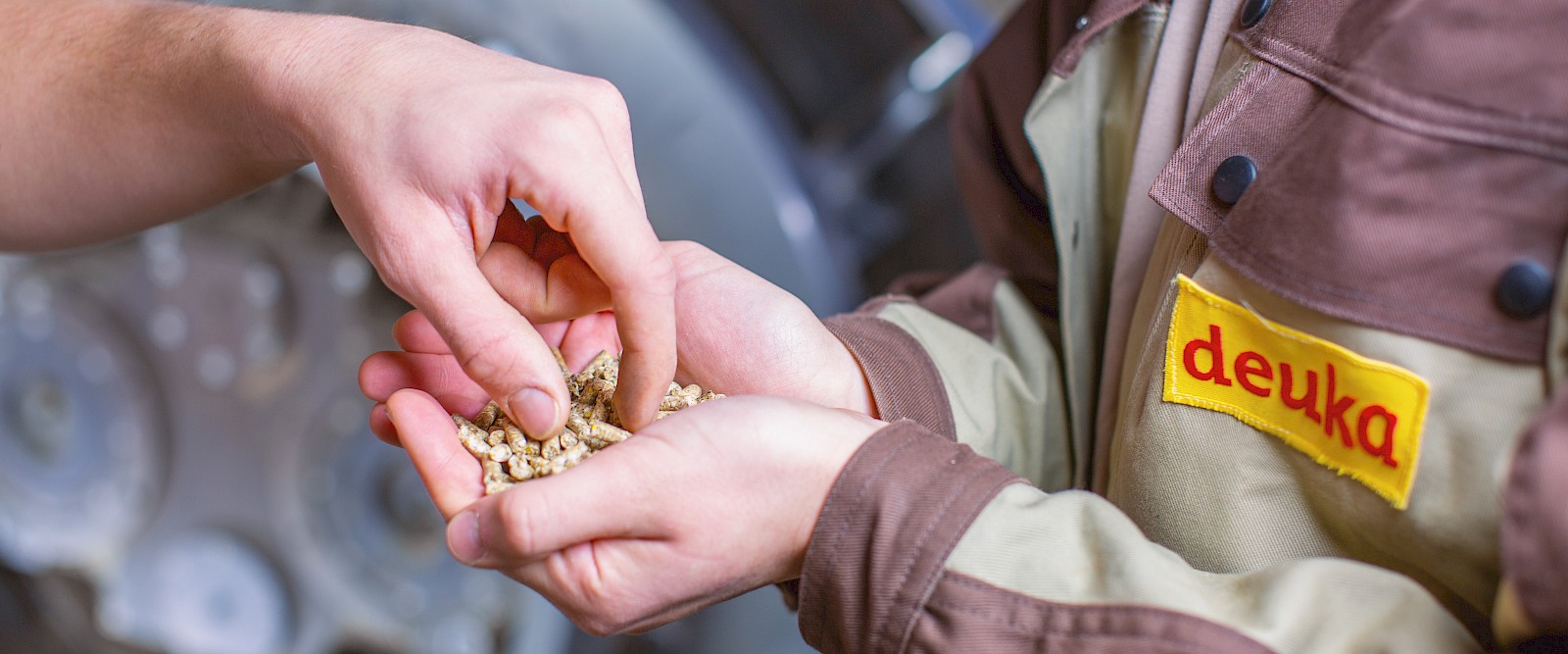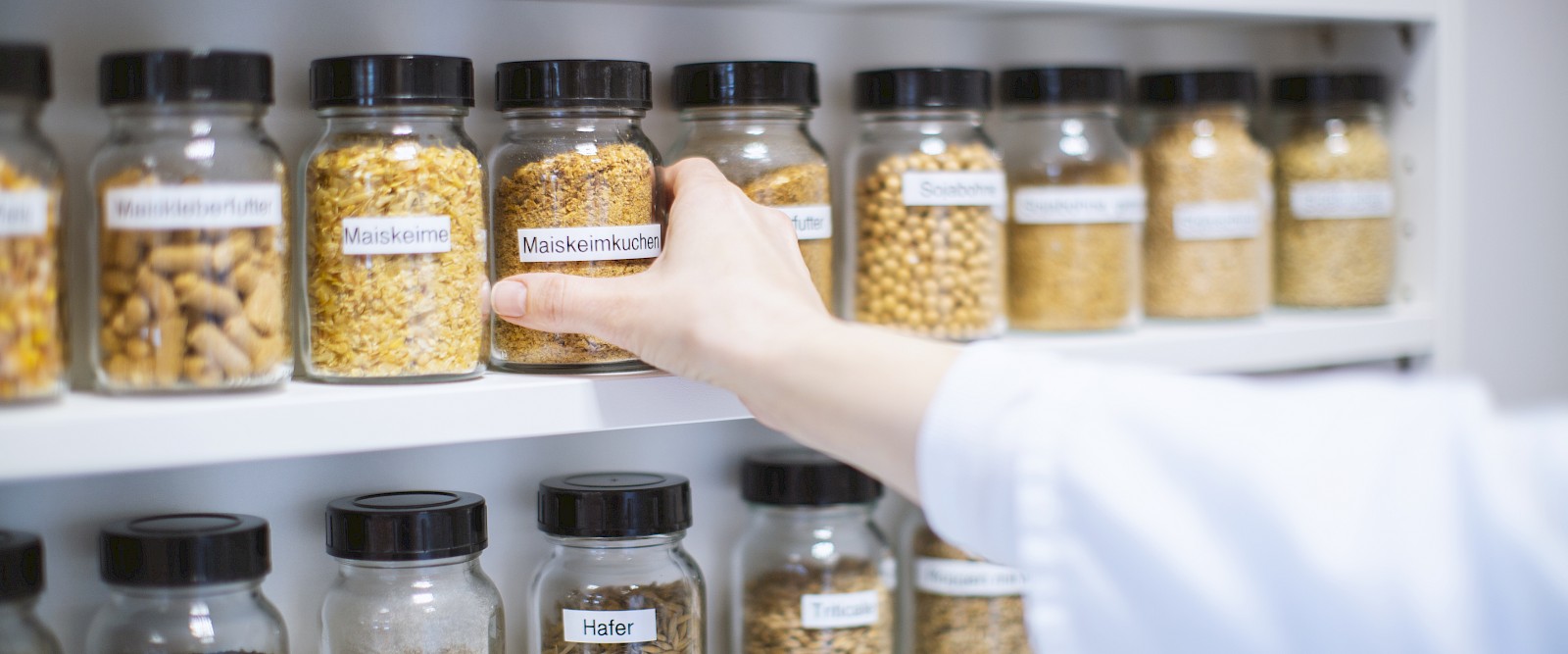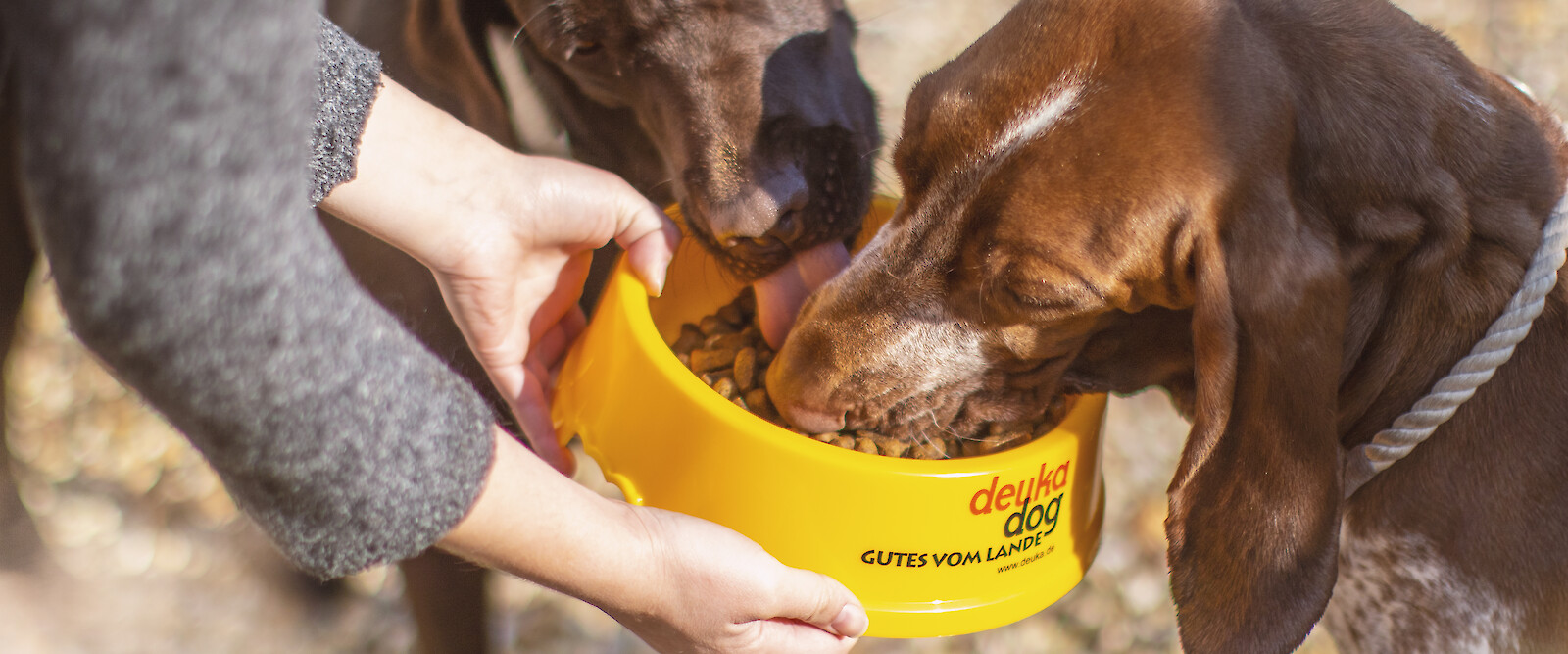Raw material and nutrient lexicon
Weitere Einträge
- Selenium
- Straight feed
- Skimmed milk powder
- Sodium
- Sodium chloride
- Complete feed
- Soy hulls
- Soy protein concentrate
- Soya extraction meal
- Soya oil
- Soybean
- Strength
- Structural value
- Sucrose
- Sugar
- Sugar beet molasses
- Sunflower extraction meal
- Supplementary feed
Sugar beet molasses
Sugar beet molasses is a by-product of the extraction of sugar(sucrose) from the sugar beet(Beta vulgaris ssp., vulgaris ssp., altissima). Sugar extraction takes place in several steps.
To obtain the raw juice, the washed and shredded beet is leached with water heated to 80 to 90 °C using the countercurrent principle. The wet pulp remains as the residue. The raw juice obtained is further purified. This so-called purified thin juice is concentrated by evaporation (finally under vacuum). The main mass of sugar crystallises out of the resulting thick juice and is separated from the liquid residue, the sugar beet molasses, in centrifuges. By refining, i.e. by dissolving and crystallising again, the still brown-coloured raw sugar is purified from adhering molasses residues. This produces the white sugar used in human nutrition as well as other sugar beet molasses. The most important value-determining component is sugar (approx. 50-55 %), primarily sucrose. In addition, the molasses contains all water-soluble non-sugar substances of the beet, especially crude protein compounds(approx. ten to 12 %, of which approx. 50 % betaine). Sugar beet molasses is used in feed for almost all animal species. The rate of use is determined and limited by the high sugar content.
Sugar beet molasses |
|
Ingredients |
Content
|
|
Dry matter, g/kg |
770,00 |
|
Crude protein, g/kg |
105,00 |
|
Lysine, g/kg |
0,60 |
|
Methionine, g/kg |
0,20 |
|
Methionine |
0,40 |
|
Threonine, g/kg |
0,80 |
|
Tryptophan, g/kg |
0,40 |
|
UDP, % |
25,00 |
|
nXP, g/kg |
123,70 |
|
RNB, g/kg |
-3,00 |
|
Crude fibre, g/kg |
4,00 |
|
Crude fat, g/kg |
2,00 |
|
Sugar, g/kg |
484,00 |
|
Starch, g/kg |
0,00 |
|
Starch content |
0,00 |
|
resistant starch |
0,00 |
|
NDForg, g/kg |
0,00 |
|
ADForg, g/kg |
0,00 |
|
NFC, g/kg |
577,00 |
|
Structural value |
-0,35 |
|
Crude ash, g/kg |
79,30 |
|
ME, MJ/kg |
10,30 |
|
ME, MJ/kg |
10,85 |
|
ME, MJ/kg |
9,45 |
|
NEL, MJ/kg |
6,05 |
|
Calcium, g/kg |
1,70 |
|
Phosphorus, g/kg |
0,20 |
|
digestible |
0,02 |
|
Sodium, g/kg |
6,80 |
Sources: DLG feed value tables for pigs; DLG feed value tables for ruminants; Rechenmeister 2000 (Chamber of Agriculture Westphalia-Lippe); CVB Veevoedertabel; DLG Information 2/2001 Structure and carbohydrate supply of the dairy cow
